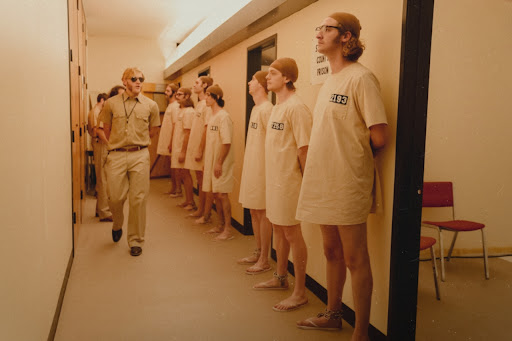After the atrocities of the Holocaust and the devastation of World War II, the field of social psychology was thrust into a quest to comprehend the unfathomable: how seemingly ordinary individuals could transform into agents of unspeakable cruelty, following the commands of deranged leaders. In the 1960s, against the backdrop of heightened awareness of human capacity for obedience to authority figures, Stanley Milgram, a distinguished professor at Yale University, embarked on a deeply controversial experiment that would challenge the moral fabric of society.
Milgram, deeply affected by the revelations of the trial of Nazi war criminal Adolf Eichmann, sought to explore the extent to which individuals would comply with commands that conflicted with their conscience. His now-famous study involved assigning participants the role of “teachers” tasked with delivering escalating electric shocks to unseen “students” whenever they answered questions incorrectly. Despite initial reservations and discomfort, an overwhelming majority of participants proceeded to administer shocks of increasing intensity as instructed by the experimenter, even when it seemed to cause pain and distress to the recipients.
This groundbreaking research shed light on the disturbing phenomenon of obedience to authority, uncovering the unsettling truth that under certain conditions, ordinary people could be compelled to commit acts that contradicted their core values. Milgram’s findings reverberated across the academic landscape, stirring debates about the nature of human behavior and the ethical implications of blind obedience.
The implications of Milgram’s work extended far beyond the confines of the laboratory, resonating with real-world events that underscored the profound impact of authority and conformity on human actions. One such chilling parallel was the tragic Mai Lai massacre during the Vietnam War in 1968, where American soldiers callously slaughtered unarmed civilians in a Vietnamese village. The echoes of Milgram’s experiment in the context of wartime atrocities served as a stark reminder of the potential for individuals to relinquish their moral compass in the face of perceived authority.
As we navigate the complexities of contemporary society, the legacy of Milgram’s study remains a poignant reminder of the delicate balance between individual conscience and external influence. In a world where the allure of obedience and conformity can sometimes eclipse moral judgment, the lessons gleaned from Milgram’s research continue to provoke introspection and contemplation.
In a landscape shaped by evolving social dynamics and shifting power structures, the enduring relevance of Milgram’s work underscores the enduring relevance of ethical considerations in the face of authority. The interplay between personal morality and external directives serves as a cautionary tale, urging vigilance against the seductive pull of blind obedience.
In a world where the shadows of history loom large, the question posed by Milgram’s experiment lingers: Was it science, or a chilling performance art piece depicting the fragility of human morality in the face of authority? The answer, perhaps, lies in the uncomfortable truths unearthed by Milgram’s research – truths that continue to challenge our perceptions of human nature and the intricate interplay between obedience, conscience, and individual responsibility.

